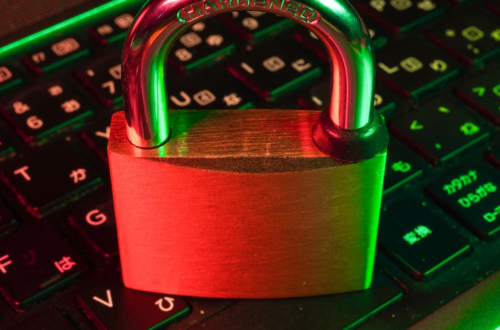
You did it! You have finally decided to buy a DSLR/mirrorless camera. Everything is going great, you are taking amazing photos and you start to wonder where has this interest been your whole life.
Then you start to notice your photos, although amazing, don’t have the rich creamy bokeh that you see in other photos. On top of this, you start to feel a little disconnected from photo taking process. It doesn’t feel as exciting as when you started.
This feeling is normal and in fact, is a great thing! It means you have outgrown your kit lens and it’s time to invest in a prime lens.
Congratulations!
But what is a prime Lens?

Unlike a zoom lens, which has a variety of focal lengthens, a prime lens only has one. Yep, just one! This means that in order to get closer to the subject you would need to “zoom” with your feet. This can be quite jarring to photographers who are used to standing in one place and moving the focus ring to get closer. While at first, this might seem to limit, it can actually be quite beneficial.
Pros for Buying a Prime Lens
- Budget Friendly
When deciding between choosing prime or zoom, your budget can be a huge factor. Quality zoom lenses are often a lot more expensive than buying a quality prime lenses.
An important question to ask yourself when deciding to buy a prime lens is, do I want/need multiple focal lengths that are good or one that is amazing? Answering this can help a lot with knowing what kind of lens you would need and potentially save you a lot of money.
- Faster Aperture – Better in low light
Another pro, when buying a prime lens, is the ability to have a wider aperture. This means more light can enter the camera. Why does this matter? Being able to shoot in low-light settings without having to crank up the ISO can be for a lot of photographers a huge selling point. Less ISO generally means less noise in the photo, which often can be distracting for the viewer.
Because the camera can take in more light, a higher shutter speed can add more options to the photographer’s tool belt for creative expression.

- Improves Your Creative Eye
My last point, if not the biggest reason to buy a prime lens, is that you will greatly improve your ability to take more engaging and powerful photos. Being reduced to a single focal length can be a bit of a challenge. But by being forced to one length you will have to move physically, which in turn will expand your ability to capture subjects in unique compositions that you wouldn’t have thought of initially. This is an incredibly important skill to have not only for beginners but also for advanced photographers who feel that they are stagnating in their creative development.
What Now?
By now you should be asking yourself, what kind of prime lens should I get? There are so many to choose from. There are however two focal lengthens that are fantastic go-to options. Primes are not only extremely versatile but affordable as well. These are the 50mm and the 35mm.
(Important Note)
When referring to focal lengths I am referring to these lengthens for a full-frame sensor. If you were to buy a 50mm camera that has an APS-C sensor you would instead have a length of ~75mm. When you are buying a prime lens make sure to take into account the sensor size of your camera. In this guide, we are using the full frame equivalent.

Which one should you buy?
For your convenience, I have compiled a list detailing some of the pros and cons of the 2 lenses.
35mm
Pros:
- Closest length at which we naturally see
- Provides a classic look that many photographers use
- Easier to use in tight spaces
Cons:
- Some distortion for close-up portraits
- Not as much depth of field as the 50mm
- Generally can be more expensive than a 50mm

50mm
Pros:
- Can achieve amazing bokeh.
- Cheaper than most other prime lenses.
- An amazing go-to for portraits.
Cons:
- Not able to capture as much of a scene as a 35mm.
- Harder to use in tight environments.

Closing Thoughts
Whichever lens you should buy really comes down to what kind of photography you shoot the most. Do you like shooting portraits and need amazing bokeh for food photography, A 50mm would be a great option. Or, do you find yourself wanting to capture more of the scene and are able to shoot in less-than-ideal environments, A 35mm might work better for you.
But it all really comes down to you, yes you. You could have all the best gear in the world but still take less-than-average photos. The greatest photos that you think you’ve ever taken are probably memorable not because of what gear they used, but rather the story and felt it communicated to you.
All the best!
-Steven Hopkins




